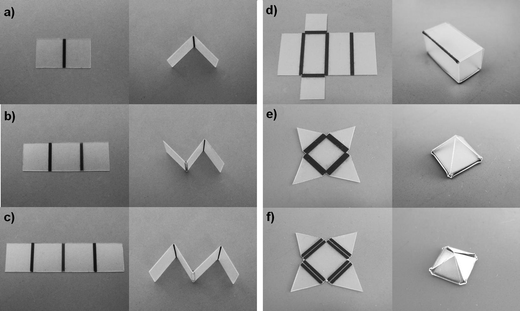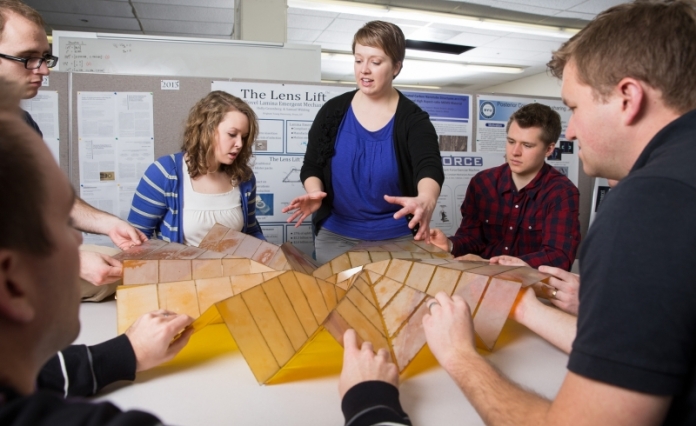We all are familiar with the nest, siri and the new sensation from amazon, a device called Echo. Echo can call Uber, light up your house, play a musical track or order pizza. All exciting, but to an architect it just sounds OK. Maybe a correct statement would be that all this does not do much for the architecture of the buildings.
So I wonder. What if all the elements of architecture become an Echo? What if they talk with each other and with other elements that interface with the building. Not a new idea. Yes, Internet of Things (IOT) and all but I want to dig deeper. IOT as a statement without context is meh. So I zoom in and imagine how, when, what, and why. For a moment, I think, not in tech verbiage but in scenarios and settings.
SCENE 1:
It is 2024 AD. Most of the drive is autonomous. Cities now have the density, most of the buildings in downtown are 15 stories or more. Parking is still in the basement. But unlike the last century, nobody self-parks. Vehicle elevators have replaced long winding ramps to the garage. There is no valet.
The car drops me at the porte-cochere. The car self-calls the vehicle elevator to the basement parking. The elevator understands how many cars it has dropped at each level. Analytics reports back to the elevator where the open spots are. The elevator communicates the spot location to the car and drops it to the right level.

[Autostadt,Wolfsburg, Germany. Image Source: http://www.thedetroitbureau.com/2009/10/vws-unlikely-autostadt-theme-park-packs-them-in/]
SCENE 2:
Nic is still at home on the 60th floor in the same building. The sky outside is full of drones. Nowadays it is difficult to tell a bird formation from a drone formation. Shipping via drones is a way of life. The Echo device in the house announces a scheduled delivery through window JB_West-09. No more unit numbers or street address for deliveries. Every apartment, office, space has a dedicated window for delivery. The GPS location of window JB_West-09 syncs with all orders. The drones delivering the package knows the location. But it also performs its part in the dance of the delivery.

[Image Source: Nish Kothari]
Joe, as this drone calls itself, hovers about five feet away from the window. Closer than that and it will damage the window glazing, Joe knows better that that. The Window and the Drone get in a conversation via Echo. The facts get verified, the time recorded, the hatch opens to let a small robotic arm reach out for the package. Nic looks at this handshake with satisfied eyes. Echo once again announces the successful delivery of the package. It rates the service, logs in the report. The window hatch shuts, the drone flies away to another window. Amazon ships via drones to all window locations around the globe. Echo itself has evolved into a smarter building element. It can now call elevators, cars, open windows, receive shipping.

[Coca-Cola drone delivery to Singapore migrant workers, Image Source: http://www.famemagazine.co.uk/2014/05/07/coke-drones-drops-cold-refreshment-and-messages-of-thanks-to-construction-workers-in-singapore/]
SCENE 3:
I think of other scenario’s in which building elements talk, listen, respond and act. As an architect, I try to dream the changing patterns. As devices get smarter so does all the building elements. Small robots answering maintenance calls, crawling in plenum spaces. Fixing stuff is fast, cheap, and at a push of a button. Autonomous parking relieves a human being to be present in depressing basement spaces. This is a good thing.
This new play of Architecture of Buildings is more exciting to me than an open-ended concept of Internet of Things. I look for silicon valley folks, to work with them on building projects that sync with their new products.



 [Image Source: grammarly.com]
[Image Source: grammarly.com] [Image Source: Nish Kothari & Anesta Iwan]
[Image Source: Nish Kothari & Anesta Iwan]





 [Image Source- Nish Kothari]
[Image Source- Nish Kothari] [Quinta Monroy Housing, Iquique, Chile, Image Source: Alejandro Aravena]
[Quinta Monroy Housing, Iquique, Chile, Image Source: Alejandro Aravena] [Image Source: Airbus, Safran, and Honeywell]
[Image Source: Airbus, Safran, and Honeywell] [Image Source:
[Image Source:  [Image Source:
[Image Source: 
 [Oscar De La Renta at DeYoung- Image Source: Nish Kothari]
[Oscar De La Renta at DeYoung- Image Source: Nish Kothari] [Oscar De La Renta at DeYoung- Image Source: Nish Kothari]
[Oscar De La Renta at DeYoung- Image Source: Nish Kothari]
 [Oscar De La Renta at DeYoung- Image Source: Nish Kothari]
[Oscar De La Renta at DeYoung- Image Source: Nish Kothari] [Landscape Silhouette- Image Source: Nish Kothari]
[Landscape Silhouette- Image Source: Nish Kothari] [House of Hungarian Music Building Section- Image Source: Sou Fujimoto]
[House of Hungarian Music Building Section- Image Source: Sou Fujimoto]



























